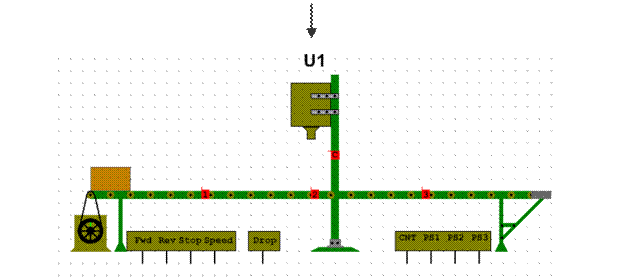Commercial Conflict
Commercial conflict describes conflict which takes place between firms, including certain types of situations when a solo individual is in business. But it does not include every kind of conflict which takes place in a commercial setting; labor– management conflict, workplace, and employment conflict are often found in commercial environments, but have their own characteristics and resolution procedures. Many people find themselves involved in commercial conflicts as interested parties or as bystanders with little control as in a troubled merger of companies, when you happen to work for one of the companies involved. People who operate small businesses, work as managers of larger ones, or contract with any size of business have more direct roles in commercial conflict, and need to understand how these conflicts develop and how they are typically handled. Because commercial firms are free to contract or not contract with any other firm, commercial conflict is generally said to arise between firms which are already in some kind of contractual relationship. business settings provide many opportunities for conflict to begin, particularly because commercial contracts often cannot contain all of the specifications which are implied or expected by the parties as conditions to the contract. Construction contracts, in which unexpected problems frequently arise during the construction, are common examples of this pattern. Also, conflict frequently arises because one party finds it difficult or uneconomic to comply with terms it had expected to be able to live with when the contract was agreed to, and tries to escape a requirement it now finds onerous. Because the parties are generally in a relationship which can be described in contractual terms, and because a great deal of business negotiation involves secrecy, commercial conflicts can often lead to one party seeking legal resolution after a relatively brief attempt to negotiate. A recognizable pattern is therefore that many places, parties to commercial conflicts “file suit first, and talk later”. This often results in less–than–creative resolution even when negotiation or mediation is used at the last minute to avert trial, because the escalation of demands and accusations get in the way of attempts to think through both parties’ best interests for the future. To get around this, some industries are developing elaborate systems that anticipate conflict as a normal part of a complicated relationship, and build in more productive ways of dealing with it when it arises. An example is the “partnering” approach now increasingly used in large construction projects. Doing good business depends on being able to make good distinctions between the few conflicts that really demand legal procedures, and the many that demand clarification or adjustment of relatively minor terms in otherwise acceptable contracts. 3. Answer the questions: Which conflicts does a commercial conflict describe? Where does it traditionally occur? What sort of people are mostly involved in a commercial conflict? Who are bystanders and what is their role in the conflict? What kind of relationship is there between businesses? What does a construction contract mean? What forms of conflict resolution can be used? How can commercial conflicts be anticipated if possible? 4. Match the following words with the translation: setting– обременительный bystander– урегулирование troubled– тщательно продуманный merger– объем secrecy– все больше и больше escalation– слияние to contract– предвидеть to implу– предотвращать, не доводить до to comply– соглашаться to get around– преодолевать to avert– предполагать onerous– окружающая обстановка elaborate– тревожный increasingly– тайна to anticipate– заключать договор adjustment– свидетель
|




